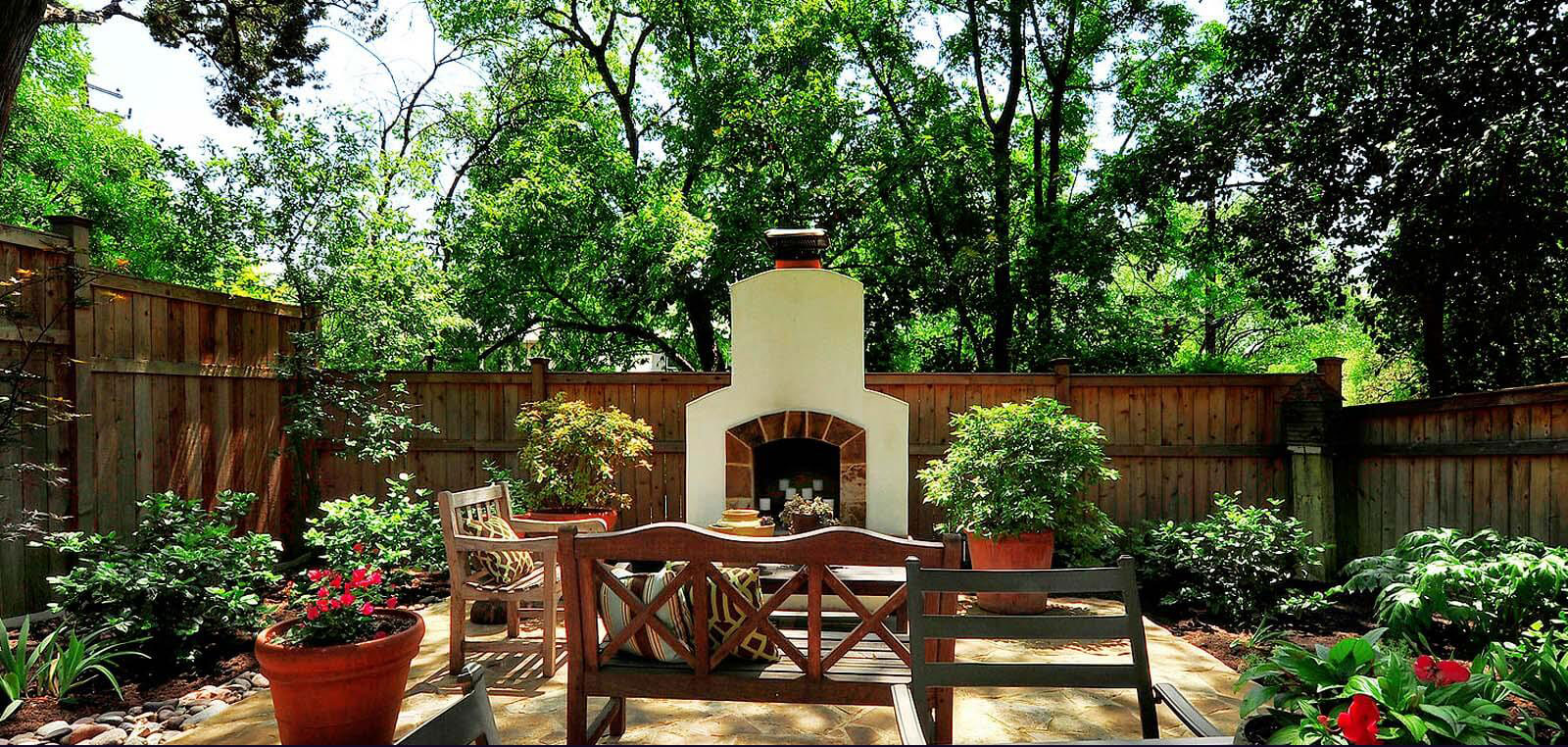8 Little Ways to Update Your Kitchen…Really!
While we all might have visions of our dream kitchen dancing in our head, or multiple images pinned to a Pinterest board—doing a full-scale renovation might not be in the budget at the moment. But that doesn’t mean that there’s nothing you can do. Here are a few easy ways to update your kitchen—no remodeling necessary.
Introduce Open Shelving
If you’ve got a massive blank wall to fill, you might want to consider adding some shelves. They’re a great way to show off your beautiful glassware, a collection of serveware, or gorgeous cookbooks—and they’ll give the room even more storage space. Add sculptural or minimal brackets for that extra touch of elegance.
Paint the Cabinets
Yes, painting your cabinets is quite a bit of work, but it’s incredibly affordable! It’s the cost of a can or two of paint (plus primer!) and some elbow grease if you’re doing it yourself. Whether you opt for a dramatic black or a soft dove gray, a couple coats of paint will completely transform the look of the entire space.
If you want to transform the entire look of your kitchen without starting from scratch, invest in a new backsplash. For a luxe
look, consider the Painted Marble series from Formica Corporation.
Install White Painted Marble or Black Painted Marble
throughout your kitchen, or even just behind the sink for an affordable statement backsplash.
Swap Out the Hardware
You won’t believe how quick and easy it is to give your old, outdated hardware a refresh. Warm up your finishes with a brass option in a sleek, modern shape. This will instantly make your kitchen look on-trend, but it won’t cost a fortune to achieve.
Add Under-Cabinet Lighting
Give this space some drama while showing off pretty display pieces. You can find a bunch of options, including LED battery-operated versions that just stick on. It’s a softer lighting option than overhead lighting—and it creates a warm ambience at night.
Paint the Walls
Maybe you love your cabinet color but the rest of the kitchen is feeling a little blah. Punch it up with a new color on the walls. Whether you opt for a bright white or a darker hue, just make sure to pick a color that complements your cabinets.
Rethink Your Cabinet Space
If the main reason you’re wishing for a reno is to gain more storage in your current space, reconsider the cabinets you currently have. Double your cabinet space by purchasing graduated shelving inserts, dividers, or a turntable. Just assess your storage needs before going nuts at The Container Store.
Cover Your Countertops
Unfortunately, we don’t all have the countertops of our dreams. A quick way to refresh is by covering a section of your counter with an oversized cutting board or a slab of marble. This idea works especially well if you’d like to camouflage a spot with damage until you’re ready to redo the countertop entirely.
Real Simple | By Caylin Harris Updated January 29, 2021


:no_upscale()/cdn.vox-cdn.com/uploads/chorus_asset/file/19920020/TeaGarden.jpg)
:no_upscale()/cdn.vox-cdn.com/uploads/chorus_asset/file/19920023/Showstoppers.jpg)
:no_upscale()/cdn.vox-cdn.com/uploads/chorus_asset/file/19927809/Pastel.jpg)
